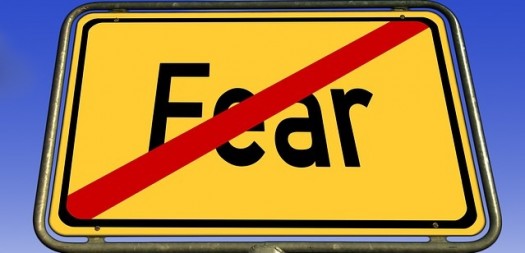This is a guest post by the founder of Zoetica Media Kami Huyse. Her “Master PR Measurement” webinar takes place on September 17.
Talking about social media measurement with a variety of organizations has given me the opportunity to hear all kinds of reasons why people don’t measure their communication and social media programs. They tend to boil down to a few categories, which I outline below. But the bottom line is that unless you start to measure your programs, you will have no idea how your PR programs are impacting the business objectives of your organization.

In no particular order, here are the five roadblocks (or excuses) people most often give for not measuring their social media programs, and how you can overcome each excuse.
1. No Budget

Working with nonprofits, I hear this one often. As Jen Phillips said in a recent podcast, people are looking for a magic tool to do measurement for them.
Having a budget is a great thing, and being able to use a few paid tools is even better. However, sometimes you just have to start measuring with low-cost or free tools to convince your boss or client to pay for tools.
I am willing to bet that most of you have access to Excel, or even Google Spreadsheets? That is really all you need to get started measuring your online efforts. Once you have results and can deliver some actionable data, someone might magically find the budget you need to get more sophisticated tools.
2. Lack of Data
 If you are in a company where IT owns analytics, or marketing has the sales data but doesn’t want to share, or an agency where the client doesn’t want to share backend sales and analytics, you know the frustration of not being able to measure the way you like. However, you can measure some things without this data using tagged links and shortening them with Bit.ly or Owl.ly.
If you are in a company where IT owns analytics, or marketing has the sales data but doesn’t want to share, or an agency where the client doesn’t want to share backend sales and analytics, you know the frustration of not being able to measure the way you like. However, you can measure some things without this data using tagged links and shortening them with Bit.ly or Owl.ly.
This way you can both track the link in your analytics program and also show the number of clickthroughs without any special tools. If you have the backend analytics, you can also look at what they did after they clicked through. Build a case that you need the data you are asking for you by measuring as far as you can. When they see that they hold the missing link, they might be more in the sharing mood.
3. Lack of Skills

Let’s face it. Most of us went into communication or public relations precisely because we didn’t want to do math. Measuring communication sounds complicated and time consuming and some of us might feel a little unprepared.
Luckily for you, there are a lot of free or low cost alternatives to get you up to speed. You should learn your way around an Excel spread sheet. Take classes from a business program nearby or online. This skill, more than many others, will get you ahead in your career. If you can prove your value, you never have to worry about having a job.
Google has a bunch of free online videos, and even an free training and certification program to learn how to use Google Analytics. Invest in your career by mastering new skills, one at a time.
4. Fear of Results
 Another reason people don’t measure is that they are afraid it will reveal that many things they have been doing aren’t working. They fear they will be penalized or lose their already limited budget. They continue to do what they have always done and expect to get different results.
Another reason people don’t measure is that they are afraid it will reveal that many things they have been doing aren’t working. They fear they will be penalized or lose their already limited budget. They continue to do what they have always done and expect to get different results.
The power of measurement is that it DOES show you what is and isn’t working. By measuring the impact of our communication, we can drop or decrease things that are a waste of time and bolster the things that are working well. And all measurement doesn’t have to be tied to revenue. You can also look at engagement and other measures that can be tied to loyalty and reputation. As Franklin Roosevelt famously said, “The only thing we have to fear is fear itself.”
5. Stubbornness

Do you know someone who operates on gut feelings? They just “know” what their customer or community wants by divination? They may have even hit a few home runs in their communication programs this way.The truth is, if you (or your boss) don’t really trust the power of measurement, why don’t you test it?
There is no harm in doing a small test to see how it works. Communication measurement has moved forward from the days of advertising value equivalencies, where “value” was assessed by determining how much an ad that size would have caused. This method of measuring has been debunked.
There is even a Coalition for Public Relations Standards who are working to standardize communication measurement and are testing approaches and developing methods that we all can use in our measurement programs. Get out of your comfort zone and start using measurement to adjust your programs.
Let’s make today the time to get rid of all of the excuses and get a plan in place to start calculating the value of your social media efforts that goes beyond tracking your likes and follows.
As a first step, join me for a free seminar on Wednesday, September 17 at 2 p.m. ET, to Master PR Measurement. I really hope to see you there.![]()

